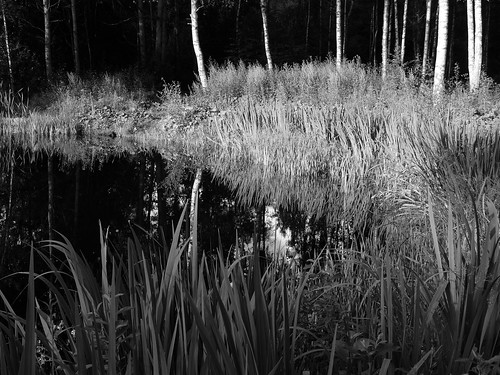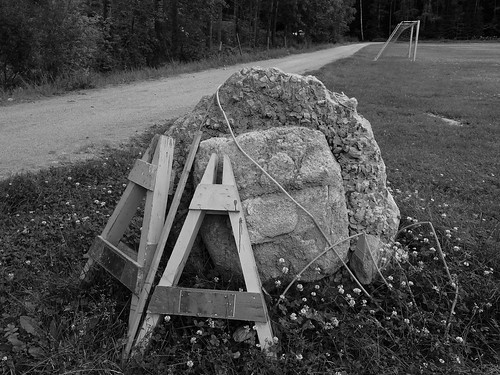I have continued experimenting with b&w photography. I didn't realize how differently you have to see to be able to take good images. Here are three attempts which I found interesting from the learning point of view. Light and form, in a more abstract sense than with color, are key to images, but it seems to take a long time to learn to see. In many cases, the image wouldn't work at all in color, and vice versa.
The "dynamic b&w" mode of the Panasonic LX3 helps, as you can see a preview of the image on the screen, and thus get some kind of idea what you are going to get.
Monday, August 3, 2009
Seeing different in black and white
Subscribe to:
Post Comments (Atom)






2 comments:
I think that it is much more difficult to pre-visualize in B&W because it's not our normal way of seeing. You have be very sensitive to shades, not colors. One of the most difficult B&W photos to make, I think, are of forests. There are all different, subtle shades of green, which just don't seem to translate well to B&W.
As I haven't taken many b&w photographs of forest, I can't really comment. But somehow it seems that there may be a lot of cases where the color is in fact irrelevant, and focusing and the shades brings out the forest better.
In any case, I made just a posting on combining b&w photography, forests, and motion blur. Is this something to explore?
Post a Comment